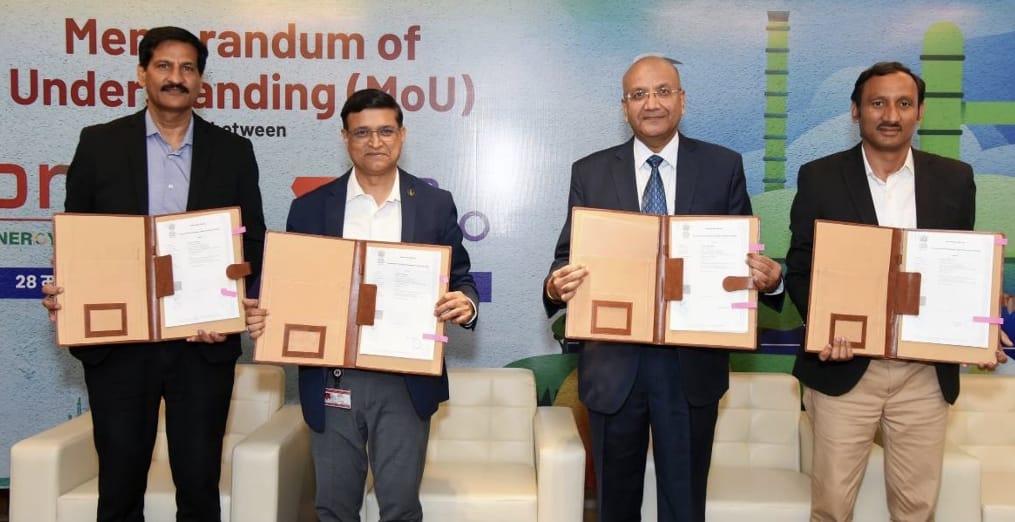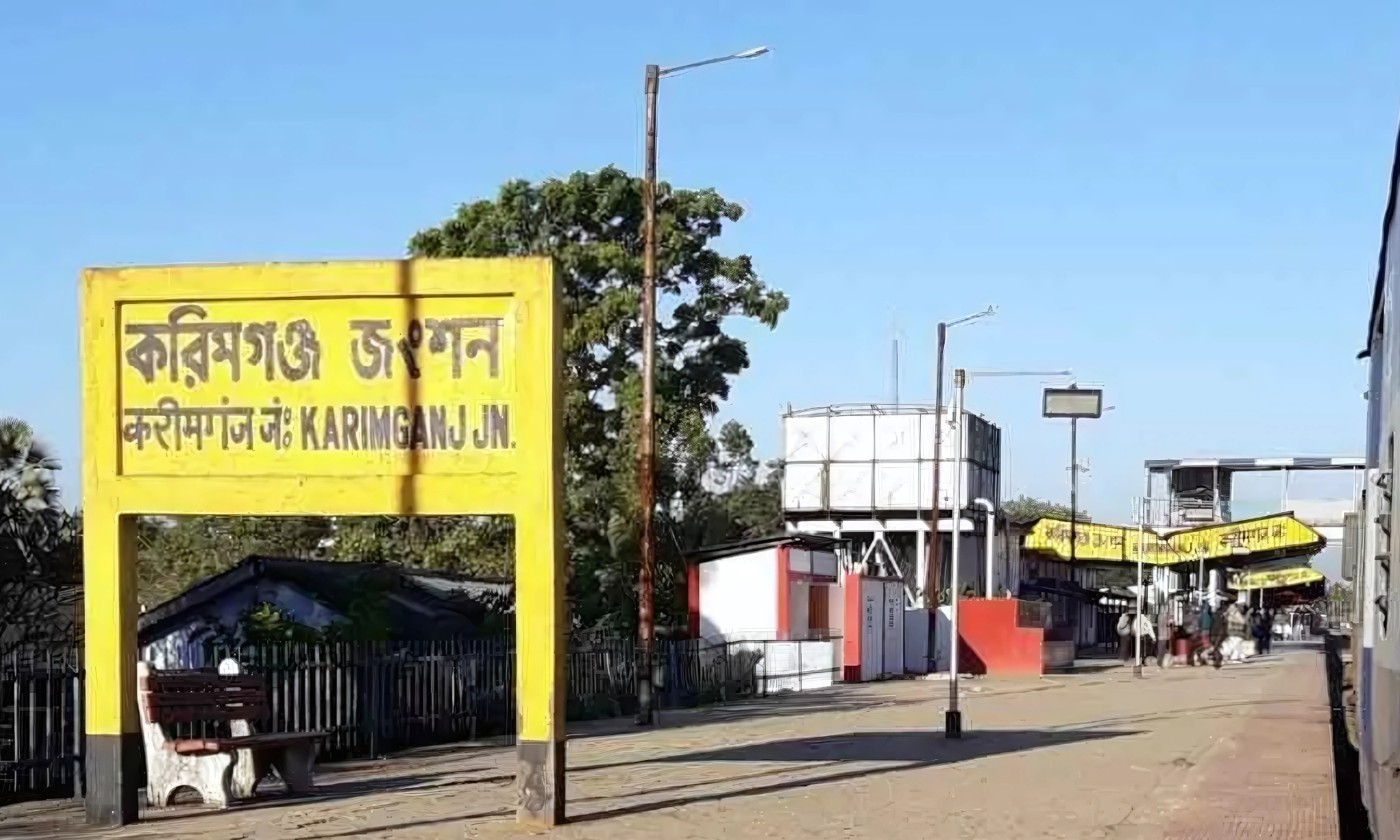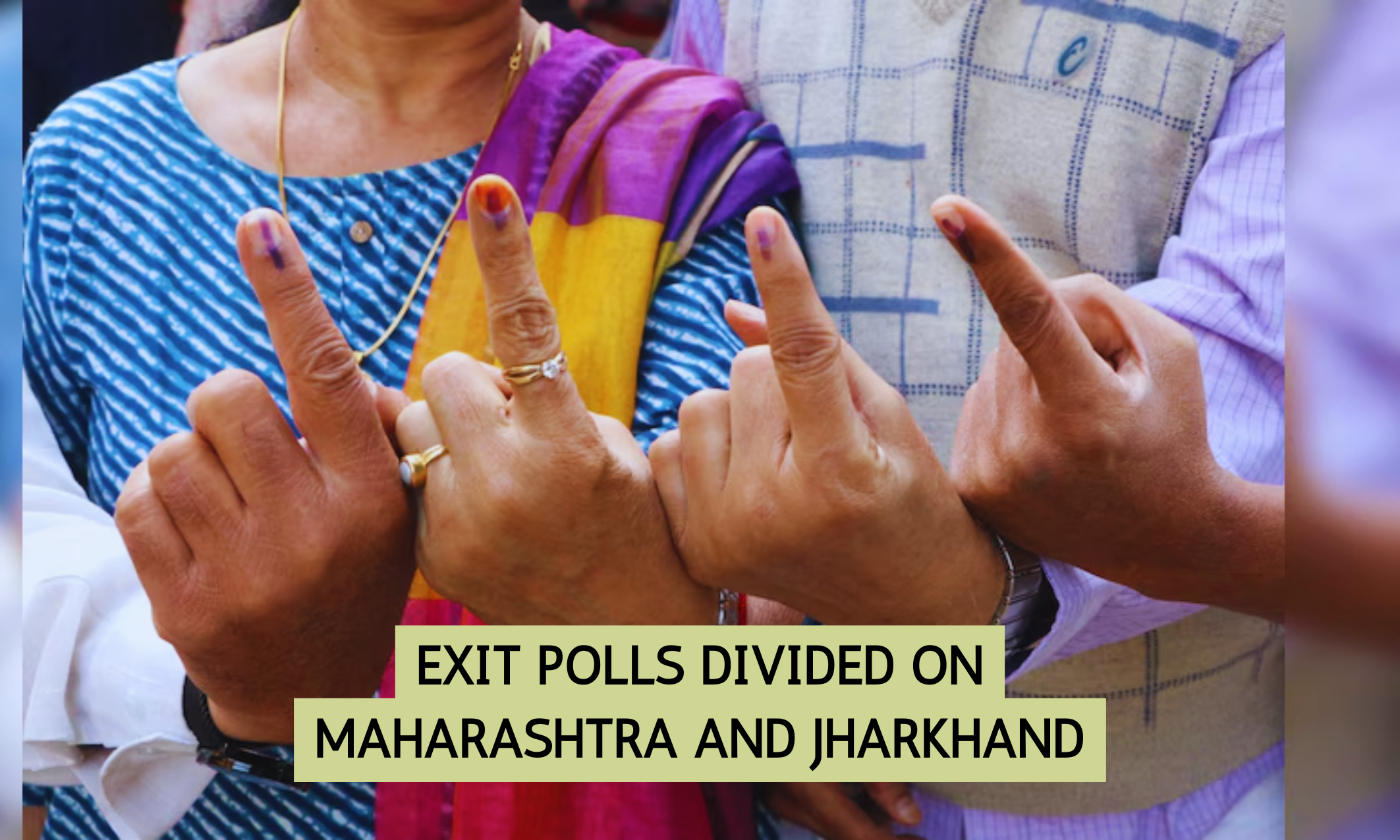Election Showdown: Mahayuti Dominates Maharashtra, JMM Defies Polls in Jharkhand

The political dynamics in Maharashtra have taken a decisive turn with the Mahayuti alliance poised for a sweeping victory in the Assembly elections. Trends reveal the Bharatiya Janata Party (BJP) leading with a remarkable performance, doubling the tally of the opposition Maha Vikas Aghadi (MVA).
The Mahayuti is projected to secure over 225 seats, with the BJP alone leading in 132 out of the 149 constituencies it contested. Meanwhile, the MVA is struggling with a modest lead in just 54 seats, marking a significant setback following its earlier success in the Lok Sabha elections.
BJP’s Historic Ascent
The BJP’s resurgence is noteworthy when compared to its performance in previous state elections. In 2014, the party contested 260 seats and won 122, while in 2019, it fielded candidates in 152 constituencies, securing 105 seats in alliance with the undivided Shiv Sena.
This election’s results underscore a monumental turnaround for the BJP, especially after its disappointing performance in the 2019 Lok Sabha polls, where it secured only nine seats compared to the 23 it had won earlier in Maharashtra.
What Drove the Mahayuti’s Victory?
Several factors contributed to the BJP-led Mahayuti’s landslide success. The alliance’s focused strategy to consolidate its core Other Backward Classes (OBC) vote bank played a pivotal role.
This effort was critical in rebuilding support after the BJP’s perceived alienation of OBC voters during the general elections. Simultaneously, the party’s outreach to non-Muslim voters through slogans like “batenge toh katenge” and “ek hain toh safe hain” reinforced its voter base.
Another key factor was the BJP’s strategic targeting of constituencies where it previously appeared weak.
Out of 21 such constituencies, the BJP is leading in 19. Conversely, the Congress has struggled to maintain its strongholds, leading in only six of the 18 seats deemed safe for the party. This disparity underscores the BJP’s ability to penetrate traditionally non-BJP territories.
The Vidarbha region, home to many farmers and a BJP stronghold, emerged as a significant contributor to the party’s success. Out of the 47 seats contested in this region, the BJP demonstrated strong leads, consolidating its influence in an area crucial for agricultural and rural voters.
Additionally, women voters played a decisive role, drawn to welfare schemes like the Mukhyamantri Majhi Ladki Bahin Yojana, which offers monthly financial aid to over 2.4 crore women.
Contrasting Narratives in Jharkhand
While the BJP celebrated a resounding victory in Maharashtra, the political story in Jharkhand unfolded differently. The Jharkhand Mukti Morcha (JMM)-led alliance, spearheaded by Chief Minister Hemant Soren, defied expectations to retain power.
Breaking the state’s historical pattern of alternating governments, the JMM-Congress alliance is on track to form a second consecutive administration, leading in over 55 seats—well above the majority mark of 42.
Women and Welfare Drive JMM’s Success
The JMM’s campaign focused heavily on welfare schemes and tribal pride, resonating with voters across the state.
Programs like the Mukhyamantri Maiya Samman Yojana, which provides Rs. 1,000 monthly to women beneficiaries, garnered significant support. This strategy paid off, as 68 of the 81 constituencies recorded higher turnout among women voters, according to the Election Commission.
Challenges and Resilience
The road to victory for the JMM was not without challenges. Hemant Soren faced legal troubles earlier in the year, including his arrest by the Enforcement Directorate in a money laundering case.
Despite resigning as Chief Minister, Soren’s return to power after being granted bail strengthened his appeal among tribal voters. The BJP attempted to exploit these controversies, emphasizing internal dissent within the JMM, including defections by key leaders like Sita Soren and Champai Soren.
However, the JMM’s portrayal of Soren’s legal troubles as an attack on tribal leadership resonated with voters, transforming the election into a Hemant Soren versus BJP narrative.
Contrasting Campaign Strategies
The BJP’s campaign in Jharkhand leaned heavily on themes of national security and illegal immigration, emphasizing threats to tribal land and culture from alleged Bangladeshi infiltrators.
However, these issues failed to gain traction against the JMM’s localized focus on welfare and community identity. The BJP-led National Democratic Alliance managed leads in only 23 seats, reflecting the limited appeal of its strategy.
Implications for National Politics
The outcomes in Maharashtra and Jharkhand highlight diverging trends in Indian politics. The BJP’s dominance in Maharashtra consolidates its position ahead of key elections in Delhi and Bihar, showcasing its ability to recover from setbacks and adapt its strategies.
In contrast, the JMM’s success underscores the importance of regional narratives and welfare policies in countering national-level political rhetoric.
As both states move forward, these elections will serve as critical benchmarks for assessing voter sentiment and shaping future political campaigns across the country.









